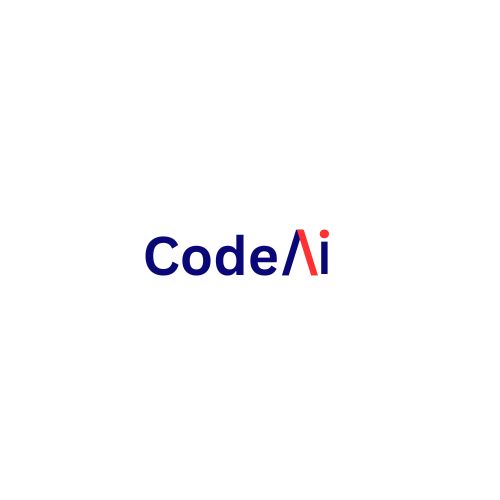Artificial intelligence (AI) and Machine Leaning(ML) have one common base that power algorithms to read as interpreted data — data annotation. Good annotated data is the heart of successful AI, from self-driving cars training to making better virtual assistants or improving medical diagnostics. In this article we will learn about the key data annotation, its types and how this is important for AI development.
Data Annotation Explained
The process of tagging data to make it digestible for machine learning models is called data annotation. That means adding metadata, such as tags , labels or categories to raw data- images, text, audio or video. That labeled data is then fed in order to teach an AI model how to identify patterns, and thus make predictions.
For instance, annotators in an image recognition system could label what objects are in a photo (e.g pedestrian car “traffic light”) for an automonous vehicle not to crash, Anot similarly in the faculty of artificial intelligence (NLP) text data is annotated to build chatbots which can read sentences of a human.
Types of Data Annotation
The Data Annotation are as follow types which is use for the AI application in many ways:
Image Annotation — essential for computer vision where boxes, polygons or keypoints needs to be drawn on top of objects (e.g., facial recognition, medical imaging)
Text Annotation: Sentiment analysis, Named Entity Recognition (NER) — improve a NLP models for intent classification
Audio Annotation: Speech transcription and labeling for voice assistants and speech recognition systems
Video Segmentation, which involves classifying objects per frame in a video (sirable for video surveillance and sport analytics).
Sematic segmentation: Divide image into segments to classify each pixel, (self driving car / sateliel photo)
The Importance of Data Annotation
Enhances Accuracy in AI – High-quality annotation for the ML model to be trained with right data, without errors.
Supervised learning: Most of the AI models are relying on labeled data for proper training.
Leverages Multiple AI Use Cases — Annotated data forms the basis of industry-specific solutions from diagnostics in healthcare to fraud detection.
Better User Experience – Labeled data will get you more able chatbots, better search engines and trustable recommendation systems.
The Tricky Side of Data Annotation
Data annotation is crucial, however, it has its challenges:
Scalability — manually annotating a huge collection of data takes forever.
Quality Control — The model’ performance is implemented poorly by inconsistent labeling.
Cost: Adding professional annotators costs a lot.
Many companies leverage automated annotation tools or outsource to data annotation services (depending on their ability to solve these problems).
Conclusion
Data annotation is the AI Miracle Worker you have never heard off. Machine learning models would be unable to do anything useful without labeled data. The requirement of high-quality data annotation services are only going to increase as AI evolves. You lead into the AI-driven future by businesses spending now on accurate annotation.



Add a Comment